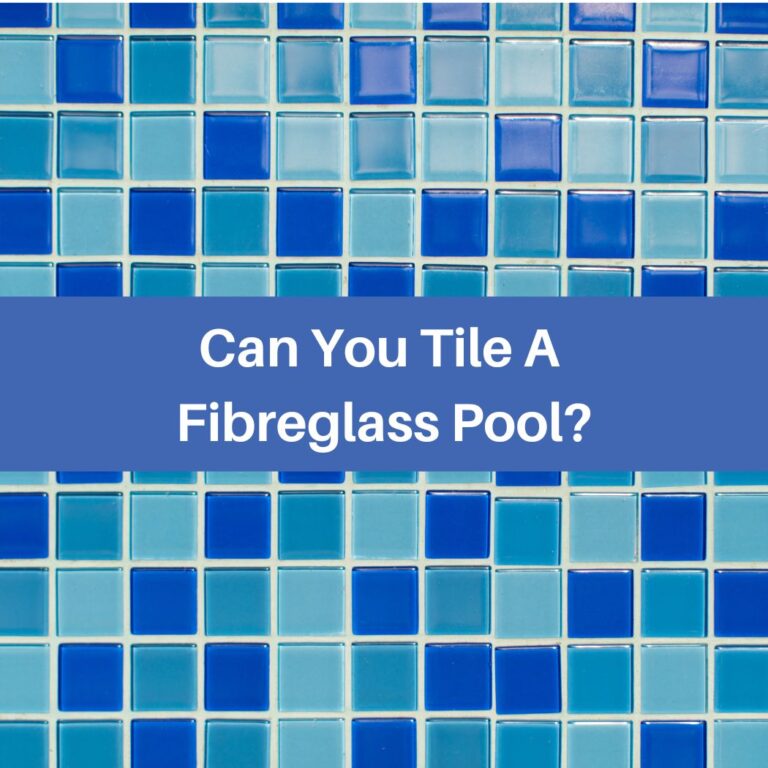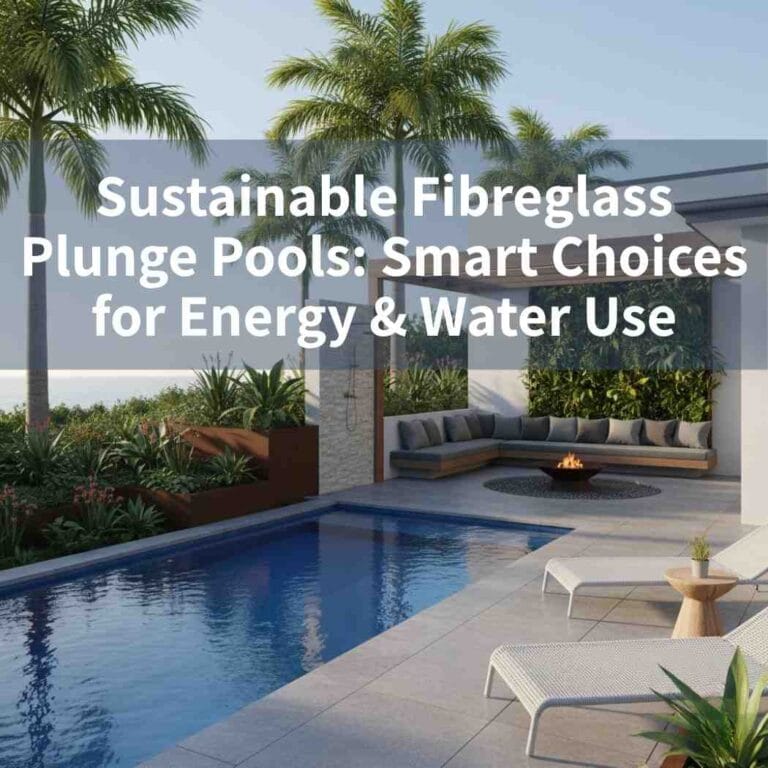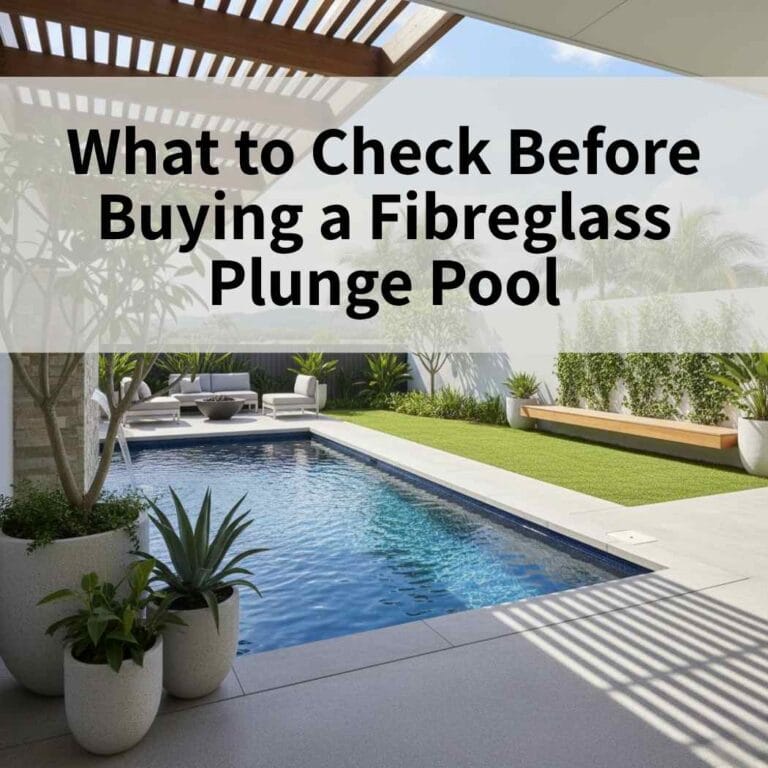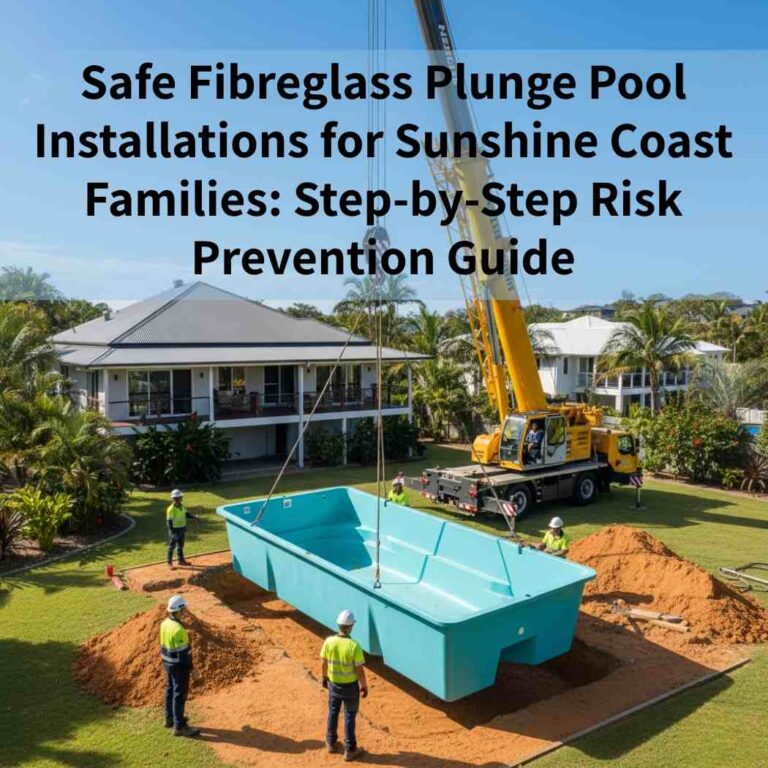Why should you choose a fiberglass plunge pool? These pools have surged in popularity due to their eco-friendly benefits, compact design, and low-maintenance requirements.
They also typically range from 2 to 7 meters in length, offering a versatile and energy-efficient option for homeowners seeking a luxurious aquatic retreat in limited outdoor spaces.
As experts with a proven track record in the industry, Plunge Pools Sunshine Coast is renowned on the Sunny Coast offering top quality fiberglass and precast plunge pools.
In this article, we’ll explore some of the benefits of fiberglass pools and compare them to other options available on the market.
Table of Contents
Toggle1. Benefits of Having a Fiberglass Pool in a Small Backyard
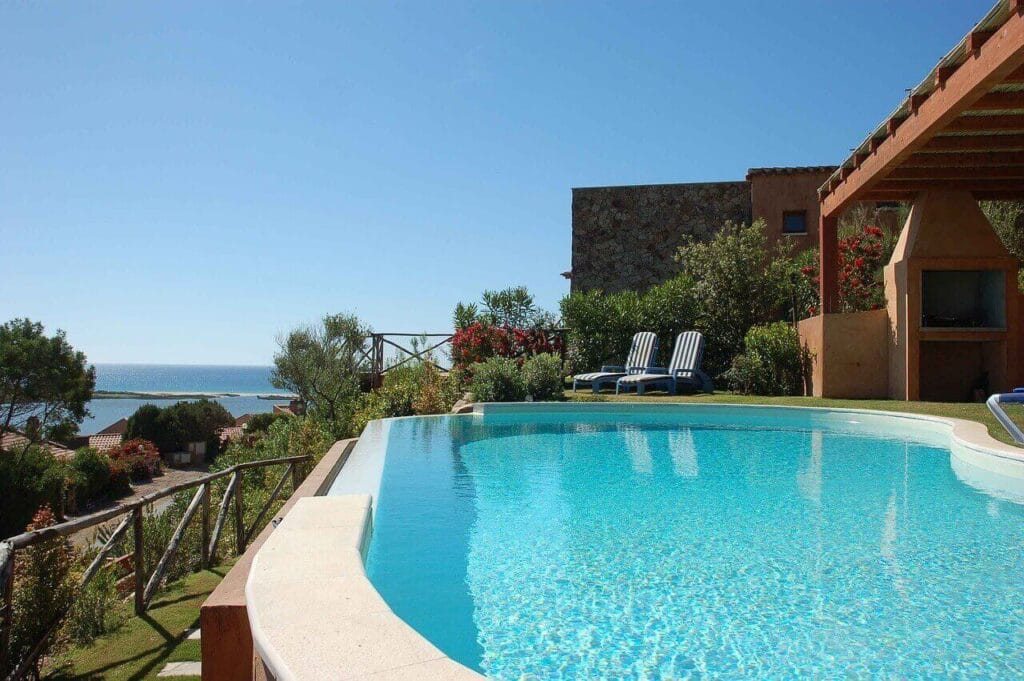
Compact Size
The benefits include their compact size, typically ranging from 2 to 7 meters in length, which makes them ideal for small backyards while still providing the luxury of a private aquatic retreat.
Easy Maintenance
Due to their smaller surface area, they are easier to clean and maintain than larger pools. They are also more environmentally friendly, consuming less water and energy for heating and filtration.
Increase Your Property Value
It can enhance the visual appeal of a small backyard, potentially increasing property value. For health and wellness, plunge pools offer a perfect space for relaxation, gentle exercises, and stress relief, transforming even the smallest outdoor area into a personal oasis
Eco-Friendly
Fewer chemicals for maintenance are needed due to their smooth, non-porous surfaces, which inhibit algae growth and reduce chemical runoff into the environment.
2. Quick & Easy Installation Process
Pre-fabricated design:
Fiberglass pools are manufactured off-site and delivered as a single, ready-to-install unit. This eliminates the need for extensive on-site construction, significantly reducing installation time.
Simplified excavation:
The pre-formed shape of fibreglass pools allows for more precise excavation, minimising the risk of errors and reducing the time needed for site preparation.
Rapid installation:
Once the excavation is complete, the fibreglass shell can be lowered into place quickly, often in just one day. This contrasts with concrete pools, which require weeks of construction and curing time.
Fewer tradespeople required:
The streamlined installation process of fibreglass pools typically requires fewer specialised workers, further expediting the project.
Weather-independent installation:
Unlike concrete pools, fibreglass pool installations are less affected by weather conditions as they come pre-manufactured. They can simply be dropped into the dug-up hole, allowing for a more predictable timeline.
Immediate use:
After installation and filling, fibreglass pools can be used almost immediately, whereas concrete pools require a curing period before use.
This efficient installation process allows homeowners to enjoy their new plunge pool sooner, with minimal disruption to their property and daily lives.
For a more detailed understanding of design choices and long-term maintenance, our complete guide to fibreglass plunge pools explores every factor homeowners should consider before installation.
3. Customisation Options
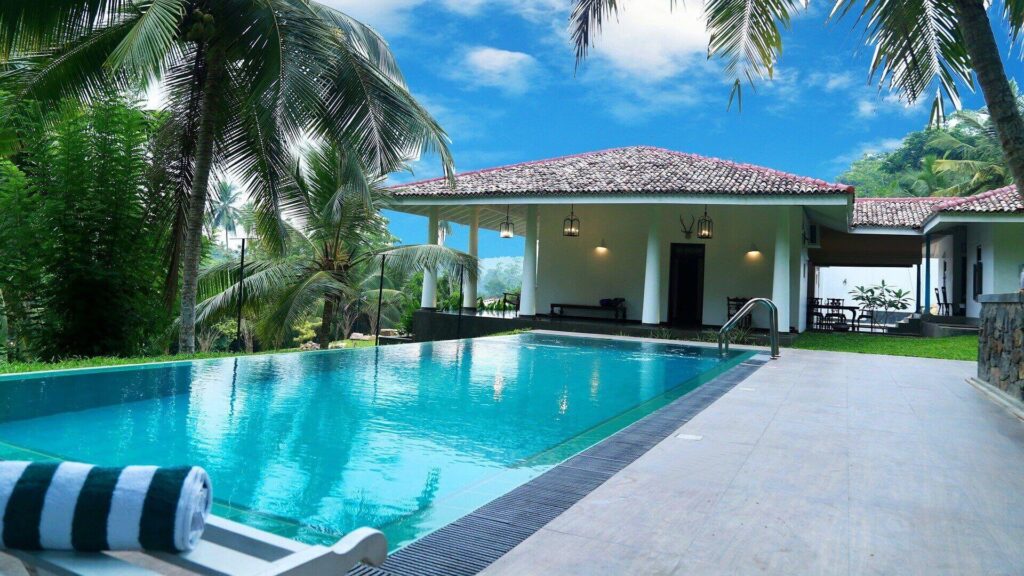
The options when customising your backyard swimming pool are impressive. You can choose from a range of colours, shapes, and sizes to perfectly fit your outdoor space. Whether you’re looking for a sleek modern design or something more classic, the pool range available can meet your needs.
Add water features like waterfalls or fountains, integrated lighting for nighttime swims, and sun pods for relaxation. For those wanting a luxurious touch, spa integrations and automation systems are popular choices.
Edges and surrounds can be tailored to match your landscaping, and swim jets and heating systems enhance functionality and enjoyment. This level of customisation ensures your pool is as unique as your home.
Colour Selection:
Choosing the right colour can complement your outdoor space and create the desired ambience. Lighter colours can make the inground pool appear larger and reflect more sunlight, while darker tones can create a more dramatic effect.
Shape and Size:
While these are pre-formed, manufacturers offer numerous shapes and sizes to fit different backyard layouts. Options typically range from 2 to 7 meters in length, with various designs such as rectangular, oval, or freeform shapes.
Water Features:
Adding water features can enhance the visual appeal and create a relaxing atmosphere. Popular options include:
- Waterfalls or water walls can complement the aesthetics of your pool.
- Deck jets that spurt water into the pool
- Bubblers or fountains can be a great addition to fiberglass swimming pools..
Lighting:
Customised lighting can dramatically change the look of your pool, especially at night. LED lights are a popular choice, offering options for white or multi-coloured illumination.
Sun Pods:
These are shallow, tiled sections added to the pool area, often featuring bubbler jets. Sun pods create an attractive play area for children and add a unique design element to your pool.
Spa Integration:
This combination allows for both swimming and relaxation in a compact space. The spa can be designed to be flush with the pool or raised to create a spillway effect.
Automation:
Pool automation systems allow you to control various aspects of your pool, such as temperature, filtration, and lighting, from your smartphone or tablet. This feature adds convenience and can help optimise energy usage.
Edges and Surrounds:
Customisation options for pool edges include beach entries, benches, and even disappearing or infinity edges for a luxurious look. The pool surround can be personalised with various materials like tiles, pavers, or decking to match your outdoor aesthetic.
Swim Jets:
For those who want to use their pool for exercise, swim jets can be installed to create a current for swimming in place, effectively turning a small pool into a lap pool alternative.
Heating Systems:
Adding a heating system can extend the usability of your pool throughout the year. Options include solar heating, heat pumps, or gas heaters, depending on your climate and preferences.
4. Comparing Fiberglass Plunge Pools with Other Pool Types
Installation Time:
A typical fibreglass pool installation can be completed in 1-2 weeks, whereas concrete pools may take several weeks or even months.
Durability:
They are resistant to cracking, fading, and corrosion, which contributes to their long lifespan. Concrete pools can develop cracks over time and may require resurfacing every 10-15 years, while vinyl-lined pools typically need liner replacement every 5-9 years.
Maintenance:
Their smooth, non-porous surface inhibits algae growth, reducing the need for chemicals and cleaning. Concrete pools, on the other hand, have a porous surface that can harbour algae, requiring more frequent cleaning and higher chemical usage. Vinyl liner pools fall between these two in terms of maintenance requirements.
Comfort and Safety:
The smooth surface makes them comfortable to walk on and reduces the risk of scrapes and cuts. They are also naturally slip-resistant, enhancing safety. Concrete pools can be rough on feet and may require additional non-slip treatments. Vinyl-lined pools are smooth but can be slippery when wet.
Customisation:
While concrete pools offer the most design flexibility, fibreglass plunge pools come in a variety of shapes, sizes, and colours, allowing for significant customisation
Cost:
When considering long-term costs, they often come out on top due to their lower maintenance requirements and durability.
Energy Efficiency:
More energy-efficient than both concrete and vinyl liner pools, they have superior insulation properties, which help in retaining heat and reducing energy consumption for pool heating
Chemical Compatibility:
They are highly compatible with salt chlorination systems, unlike concrete pools, which can be damaged by salt over time. This compatibility allows for easier maintenance and potentially softer water.
Warranty:
They often come with the best warranties in the industry, sometimes offering lifetime structural warranties. This is a significant advantage over concrete and vinyl liner pools, which typically have more limited warranty coverage.
Property Value:
While all pool types can potentially increase property value, the low maintenance and durability can be particularly attractive to potential buyers
5. Other Factors to Consider
When designing a plunge pool, several key factors should be carefully considered to create an optimal and personalised aquatic retreat.
Location of the Pool:
Location is another important aspect, as indoor installations offer year-round use and privacy, while outdoor pools allow for natural sunlight and fresh air. Integration with surroundings is essential, ensuring the pool complements your home’s architecture and existing landscaping.
Choosing the Right Size and Shape:
When selecting the size and shape of your pool, consider your available space, intended use, and personal preferences. Plunge pools typically range from 2 to 7 meters in length, with popular sizes including 6×3 meters (18 m²), 7×3 meters (21 m²), and 8×4 meters (32 m²).
Rectangular shapes are the most common and versatile, offering straight sides for easier landscaping and maximising usable space.
However, round pools, usually around 3 meters in diameter, are ideal for smaller areas and social gatherings. For those prioritising exercise, lap pools measuring approximately 12×2.5 meters (30 m²) provide a dedicated space for swimming.
Consider your pool’s primary purpose – whether it’s for quick dips, family play, or exercise – to guide your decision. Remember that smaller pools are generally easier to maintain and more cost-effective, making them an attractive option for many homeowners.
Adding Features like Spas to Your Plunge Pool
It’s essential to consider your available space, intended use, and personal preferences. Plunge pools typically range from 2 to 7 meters in length, with popular sizes including 6×3 meters (18 m²), 7×3 meters (21 m²), and 8×4 meters (32 m²). Rectangular shapes are the most common and versatile, offering straight sides for easier landscaping and maximising usable space.
Round pools, usually around 3 meters in diameter, are ideal for smaller areas and social gatherings. For those prioritising exercise, lap pools measuring approximately 12×2.5 meters (30 m²) provide a dedicated space for swimming.
Consider your pool’s primary purpose – whether it’s for quick dips, family play, or exercise – to guide your decision Remember that smaller pools are generally easier to maintain and more cost-effective, making them an attractive option for many homeowners.
Selecting a Pool Builder on the Sunshine Coast
When selecting a pool builder in the Sunshine Coast, several factors should be considered to ensure a clean and stylish pool design that suits your background and requirements. Evaluate the range of pool options they offer, especially if you’re looking for a plunge for smaller spaces.
Consider the available pool colours and whether the builder can customise the swimming space to fit your backyard. Review their portfolio for a variety of plunge pool designs and ask about the terms and conditions of owning a pool, including warranties and maintenance services.
Ensure the builder has a reputation for delivering pools that meet safety standards and aesthetic preferences, ensuring your new pool is both functional and beautiful.
Obtaining free quotes for your pool project is an essential step in making an informed decision. When you request a quote from Plunge Pools Sunshine Coast, you can explore a selection of sizes to find the perfect fit for your backyard, whether you’re interested in a plunge pool for a smaller space or a larger pool with generous swimming space. discuss your project with us to get accurate plunge pool prices and understand what goes into buying a pool.
6. Tips for Cleaning and Preserving the Colour of Your Fiberglass Pool
Maintaining the cleanliness and preserving the colour of your new pool is essential for its longevity and aesthetic appeal.
Regular cleaning routine:
Remove debris daily using a leaf scoop or skimmer net…
Vacuum the pool weekly to remove dirt and sediment.
Maintain proper water chemistry:
- Test water chemistry weekly and adjust as needed
- Keep pH levels between 7.2 and 7.4
- Maintain alkalinity between 80 and 100 parts per million
- Ensure calcium hardness is between 200-400 ppm to maintain your inground pool and spa.
- Maintain chlorine levels at a minimum of 1 ppm
Use appropriate cleaning products:
- Avoid harsh chemicals or abrasive cleaners that can damage the gel coat
Address stains promptly:
- For rust stains, rub a vitamin C tablet on the affected area.
- Use commercial pool tile cleaners for light stains.
- For heavy stains, a mixture of water and oxalic acid can be effective.
Prevent scaling:
- Keep calcium levels in check to avoid calcium scaling.
- If scaling occurs, adjust water chemistry before attempting removal.
Use a pool cover:
- Invest in a quality pool cover to prevent debris accumulation and reduce chemical evaporation.
Run the filtration system regularly:
- Operate the pool pump for 6-8 hours daily for saltwater pools and slightly longer for chlorine pools.
Avoid metal objects:
- Keep metal objects away from the pool to prevent metal stains.
- Use a metal sequestering agent if necessary.
Professional maintenance:
- Consider hiring a professional pool cleaner for regular maintenance if you’re short on time.
- Be gentle:
Never use steel brushes or scouring pads on the surfaces.
Always use soft cloths or sponges for cleaning.
Conclusion
Fiberglass plunge pools offer an attractive and low-maintenance option for homeowners seeking a compact aquatic retreat.
Their quick installation, durability, and energy efficiency make them an excellent choice for small outdoor spaces.
With proper care and maintenance, including regular cleaning, water chemistry management, and gentle handling, they provide years of enjoyment and relaxation.
These pools can be customised with various features like integrated spas, lighting, and water features to create a personalised oasis.
When considering a plunge pool, it’s essential to carefully select the size, shape, and design that best fits your space and lifestyle needs.
By working with reputable pool builders, such as Plunge Pools Sunshine Coast, and following maintenance best practices, homeowners can maximise the longevity and appeal of their pool, creating a valuable addition to their property that enhances both leisure time and potential property value.
Ready to build your own backyard retreat? Talk to our specialists today about fibreglass plunge pools designed for Sunshine Coast homes.
FAQ
What are the disadvantages of a plunge pool?
One of the disadvantages of a plunge pool is that they are limited in size and cannot accommodate certain types of activities. While they are ideal for water aerobics, they’re often too small for swimming laps. Likewise, they are too shallow for diving and cannon balls.
Do fibreglass pools crack easily?
What is the lifespan of a fibreglass pool?
The lifespan of a high-quality fibreglass pool is expected to be more than 30 years on average. These pools naturally insulate, and heat quicker compared to concrete pools, saving money on energy. Unlike vinyl and concrete, they don’t need replacing or resurfacing.

